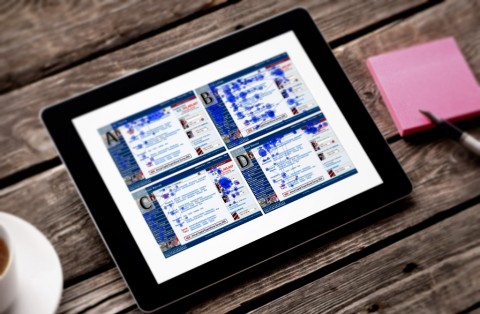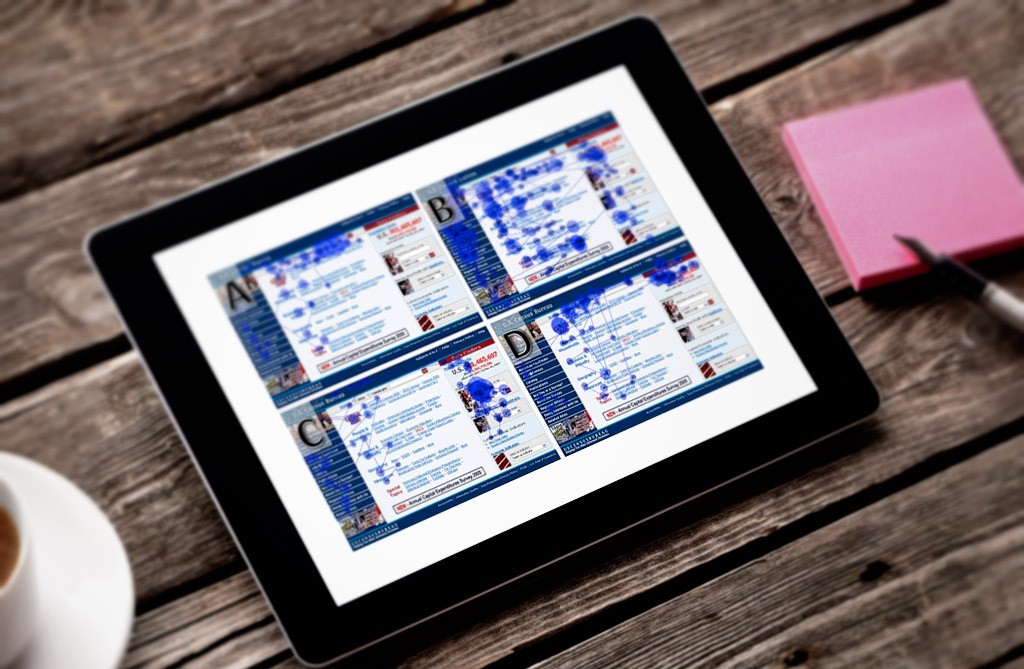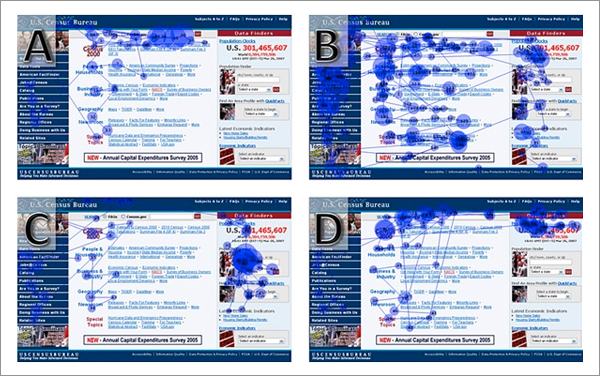Combine Personas With These 4 Personality Types To Better Target Customers
Truly effective personas help you develop your content marketing and persuasive strategy.


Did you know most persona efforts fail as soon as the personas are completed? Teams create their personas, design slick posters to put on the walls, and say “these are our personas!”
Creating personas is really just the beginning. A persona isn’t a document — it’s a clear understanding of a target customer that exists in the minds of your team. Personas evolve as your data around them evolves as well. Every test you do, every insight you gather should be designed to further understand your customer base and your personas.
Personas will allow you to evaluate your content and identify the gaps in your content strategy to meet your potential customer’s needs.
In order to help you understand what visitors need in order to achieve their goals, you need to have empathy about their journey through the buying process. Too many companies and their agencies are so wrapped up in their own sales processes they forget that customers have a different angle of approach to the problem or need that they could solve if they took the right perspective.
Since it’s a challenge to predict behavior down to the individual level without enough data on each individual, our initial focus won’t be on true personalization of elements but on “persona”-lization.
From Hippocrates through Jung to Keirsey and beyond, humans have been trying to fathom the dimensions of personality and motivation. In the most general scheme of categorization, we’ve learned that each of the millions of different personalities falls into one of four main groups, which my brother and I labeled in our book “Persuasive Online Copywriting” as Driver, Amiable, Expressive, and Analytical, and later renamed them to:
- Competitive. Fast-paced decision-making, logically oriented
- Spontaneous. Fast-paced decision-making, emotionally oriented
- Humanistic. Slow-paced decision-making, emotionally oriented
- Methodical. Slow-paced decision-making, logically oriented
It doesn’t really matter what you call them. The thing is, you need to become intimately acquainted with these personalities. They are your website’s visitors. And once you know who they are, you have the inside track on how you shape your design and writing to persuade them most effectively.
At the most fundamental level, all people are motivated by a single, critical question: what’s in it for me (WIIFM)? Their dominant personality types strongly influence how they ask that question, perceive value, and consciously – or more typically, subconsciously – approach a decision-making task.
Usability pundit Jakob Nielsen shared the results of an eye-tracking study he performed on the U.S. Census Bureau’s home page. He uses gaze plots to describe four main types of visitor behavior: “search-dominant,” “navigation-dominant,” “tool-dominant,” and “successful.” If you were to look at these four types of behavior through the lens of the personality types you would naturally see beyond what people gazed at and clicked on, and into why they acted the way they did. It’s a natural preference.

When you look at these four thumbnails, which personality type do you think is the methodical preference for slow decision-making style, logically oriented?
A, B, C, or D?
You can see that image B is spending a lot of time on each part of the page with these heavy gaze plots and that is your Methodical behavior. Jakob’s “navigation-dominant user” behaves with a logical bias similar to Competitives, but with a far more deliberate pace.
Methodicals want to become their own expert, studying every detail before they make a decision. No detail is too small. They want it all. The good news from a marketing communications perspective is that they’re willing to give you their time – provided you’re willing to give them relevant content.
The Methodical approach was to look everywhere: active window, left navigation, right column, above the fold, below. You name it, they saw it.
What Jakob observed as a “search-dominant user” in this study was image A – the Competitive mode, working at a fast pace with a logical bias. The Competitive user quickly scans and skims everything, looking for a clue as to how to solve the puzzle. These users want their clues to their answers to be in your headlines and subheads and then they might explore more.
Jakob’s “tool-dominant user,” image C, the Spontaneous preference, behaves at a fast pace with an emotional bias. These users are highly experiential by nature. Jakob describes these types as people who “like parts of websites where they can do something.” They focus on the interactive features before leaving because you didn’t engage them quickly enough. The gaze went everywhere, without focus, until a single feature grabbed their attention – that is, until another rabbit hole appeared (on another website) that was more entertaining.
Jakob’s “successful user,” image D, behaves at a slightly less deliberate pace than the Methodical, but with an emotional bias. Testimonials and social were created for this type. They are attracted to the human elements of a page.
Many people mistake these four personality types as personas. Let me emphasize – they are not; they are just one element that can be used as a shortcut to understanding your visitors’ behavior, seeding your website with elements that match their motivation, and working on the next steps to uncovering what makes up your personas since these four characteristics exist in all humans. Add this factor to your personas and you will now give your personas the voice in which they communicate and you will understand what you need to mirror back to them to match their buying journey.